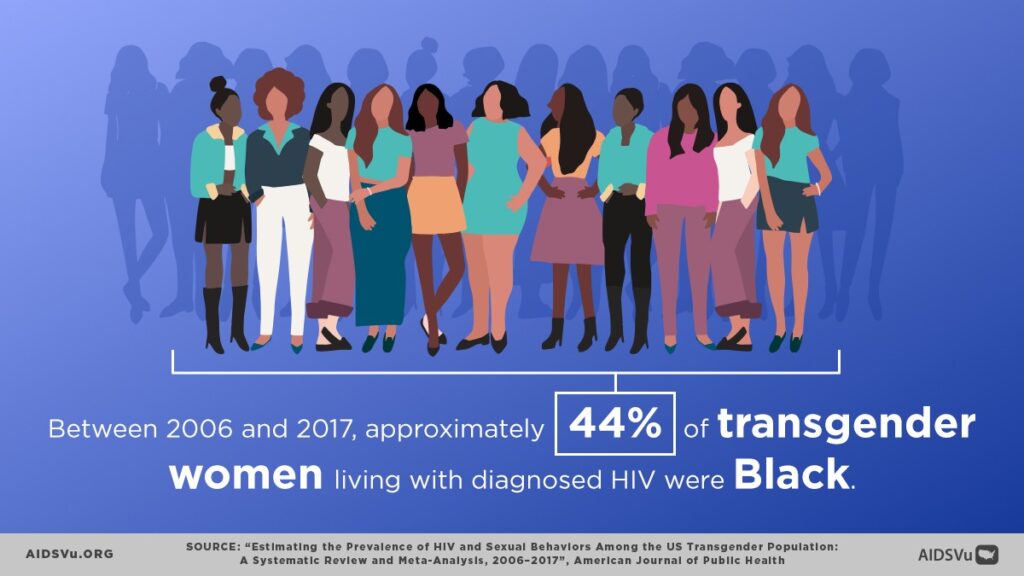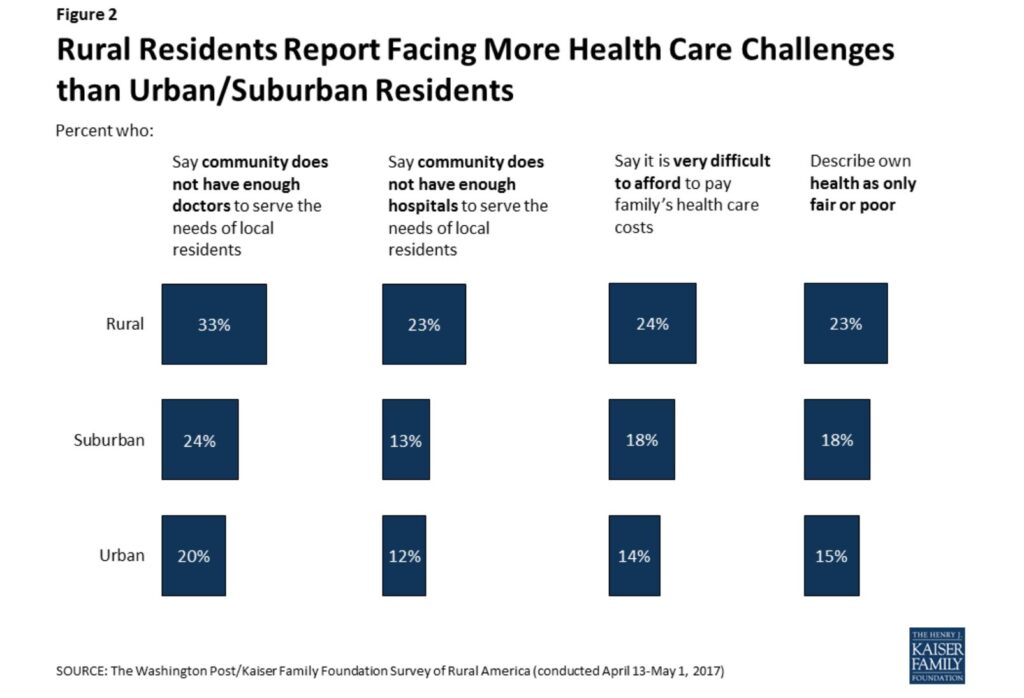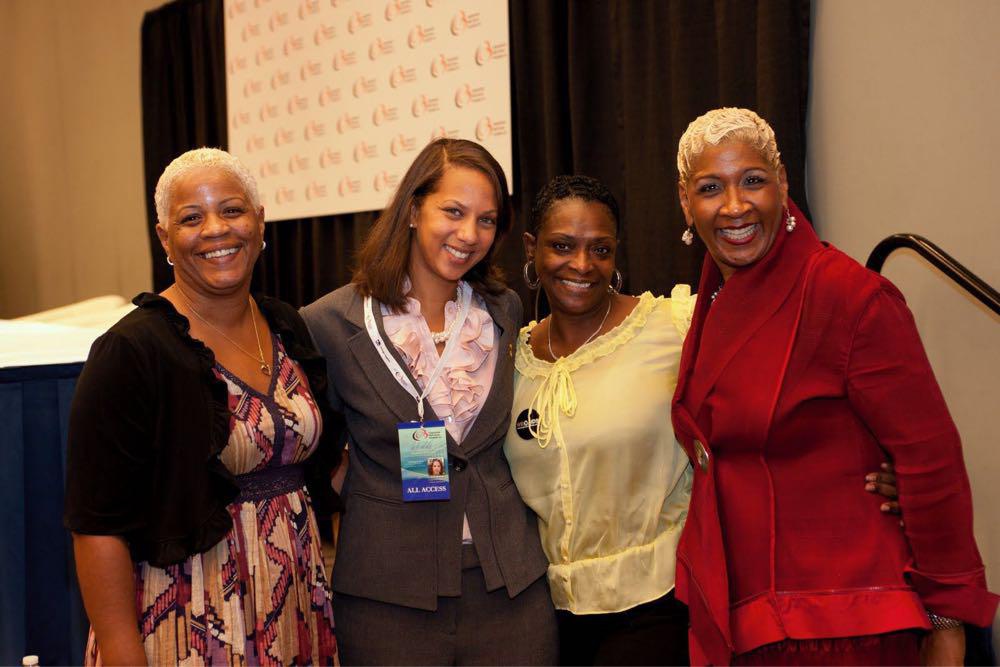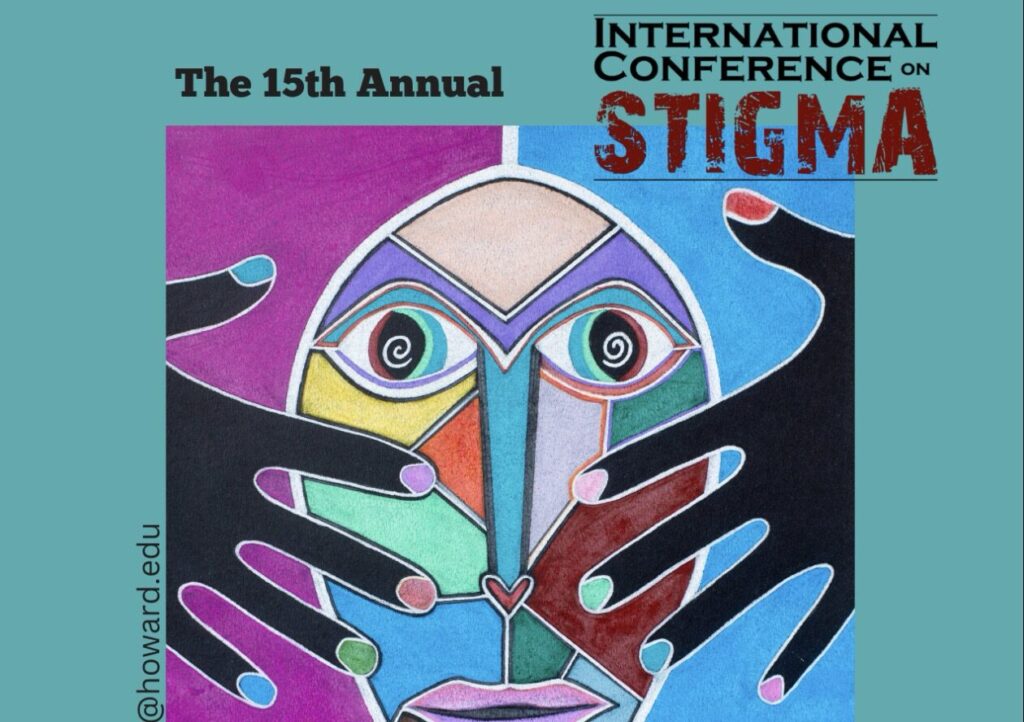This year, The International Conference on Stigma, held November 19–21 at Howard University’s Blackburn Center, provided a critical platform for addressing stigma’s impact on marginalized communities. This year’s theme, “Stigma No More… It’s 2024!”, encouraged bold conversations about health inequities, particularly those affecting Black women.
One pivotal panel, Spilling the Tea, Part III: Real Conversations between Cis and Trans Women, brought attention to the unique challenges Black cisgender and transgender women face in accessing HIV testing and treatment. Moderated by Shelley Turner, a seasoned advocate, the panel included voices like Diamond Phillips, Chasity Nicole Petty Carter, and Sahara Rivera—experts dedicated to inclusive healthcare and community health navigation.
HIV Among Black Women: An Overlooked Crisis
Black women represent 13% of the U.S. female population but accounted for 51% of new HIV diagnoses among women in 2021, according to the Centers for Disease Control and Prevention (CDC) . Yet, public health narratives often portray HIV as primarily affecting men who have sex with men, leaving cisgender women underrepresented in prevention efforts.
Chasity Carter underscored this disconnect during the panel:
“We don’t see how Black women are being tested or catching HIV because it’s never shown. The conversation is often seen as only a gay disease, and that has to shift for cis women, queer or not, to view it as a possibility for them as well.”
The lack of representation perpetuates harmful stereotypes and deprives women of accurate information about prevention options, such as PrEP (pre-exposure prophylaxis). The US HIV surveillance report of 2019 estimated PrEP coverage for cisgender women at risk of HIV was just under 10% compared with 27% for gay men and 32% for transgender women.
Trans Women of Color Face Dual Stigma

Transgender women of color experience some of the highest HIV prevalence rates globally, with 44% of Black trans women in the U.S. living with HIV according to the Human Rights Campaign and AIDSVu. Yet, as panelist Sahara Rivera, an advocate focused on specializing in HIV Prevention and Transgender Health, highlighted, systemic inequities force trans women to prioritize survival needs over testing and treatment:
“Is HIV testing the need they’re focused on when food, housing, money, and transportation are such high priorities to survive?”
And it’s a real question that many individuals have to consider daily when prioritizing certain factors in their day-to-day routines. Especially in an increasingly expensive economy. Efforts to reduce stigma and increase access to healthcare must address these intersecting social determinants or else we’re only scratching the surface of the problem. Programs like Housing Opportunities for Persons With AIDS (HOPWA) and other wraparound services can mitigate these barriers but remain underfunded in many regions .
Urban vs. Rural Healthcare Disparities
Access to HIV testing and treatment often depends on geographic location. While urban centers typically offer more resources, rural areas lack adequate infrastructure, leaving many underserved. According to the Kaiser Family Foundation, 23% of Black Americans in rural areas report difficulty accessing healthcare, compared to 12% in urban areas .

Sahara Rivera noted the disparity:
“There’s a BIG gap. A lot of these centers are in major cities or downtown areas, making them inaccessible for rural communities. And rural centers that do exist often don’t receive enough resources to stay functional.”
This challenge is especially pronounced in Southern states, which have some of the highest rates of new HIV diagnoses but also the lowest Medicaid expansion rates, further limiting access to care.
Solidarity Between Cis and Trans Women
The panel emphasized the importance of solidarity between cisgender and transgender women to combat shared challenges. It’s essential in addressing HIV testing disparities, as shared experiences and mutual support can dismantle stigma and promote inclusive healthcare. Trans women, especially those of color, face unique barriers to HIV testing, including discrimination, economic instability, and a lack of culturally sensitive services. At the same time, cisgender women often underestimate their own risk, partly due to misconceptions about HIV as a “gay disease” and a lack of awareness about testing options like home tests or free screenings. For instance, many cisgender women assume annual OB-GYN visits cover comprehensive HIV testing, which is often not the case. Rivera stressed the need for more inclusive education:
“Cis women think, ‘I’ve got my tests done for the year,’ without realizing there’s more to testing and treatment than what’s covered in a typical OB-GYN visit.”
Building alliances across gender identities is crucial for dismantling stigma and fostering inclusive healthcare systems. It requires open dialogue and allyship between cis and trans communities, emphasizing shared health goals and access equity. Collaborative initiatives, such as peer-led education and community-based outreach programs, have shown success in increasing testing rates and fostering trust in healthcare systems.

A Path Forward
To reduce HIV stigma and improve healthcare outcomes for Black women, public health efforts must center on culturally competent care, expanded access to resources, and accurate representation in media campaigns. A 2022 report from the National HIV/AIDS Strategy emphasized the importance of addressing stigma at structural and interpersonal levels to achieve the goal of ending the HIV epidemic by 2030 .
As we move out of 2024 and into 2025, the fight against HIV stigma must intensify now more than ever, ensuring that no woman—cisgender or transgender—feels invisible in this battle. By fostering solidarity and prioritizing systemic change, we can create a future where stigma no longer hinders progress and every community has equitable access to care.













